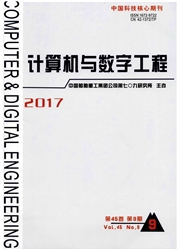

 中文摘要:
中文摘要:
为提高优化方法中敏度计算的精度和效率,比较研究了拟梯度、复数步长微分和自动微分三种数值方法原理及实现。采用操作符重载和模板技术实现复数步长微分和自动微分,并将自动微分前向模式和反向模式结合起来计算Hesse矩阵。研究表明:拟梯度能有效地减少函数求值次数,但对高度非线性函数其计算精度较差;复数步长微分方法简单,能得到机器精度的梯度值,但需要处理复数,计算量较大;自动微分在函数求值的同时并行计算高阶精确导数值,计算量适中。
 英文摘要:
英文摘要:
To enhancing accuracy and efficiency of sensitivity analysis in optimization, three numerical methods: quasi-gradient, complex-step derivative and automatic differentiation, are studied and compared form theory, implementations and applications. An implementation of automatic differentiation using operator overloading and templates is de- scribed in detail, which provides a flexible way to compute hesse matrix by combining forward & reverse methods. The re- suits of numerical examples show that: quasi-gradient has the best efficiency, bht its precision is very poor when used in high nonlinear problems. Complex-step derivative is accurate and easy to implement with high computational expense. Automatic differentiation can get exact high order derivatives simultaneously with function evaluating and with compromise computational expense.
 同期刊论文项目
同期刊论文项目
 同项目期刊论文
同项目期刊论文
 期刊信息
期刊信息
